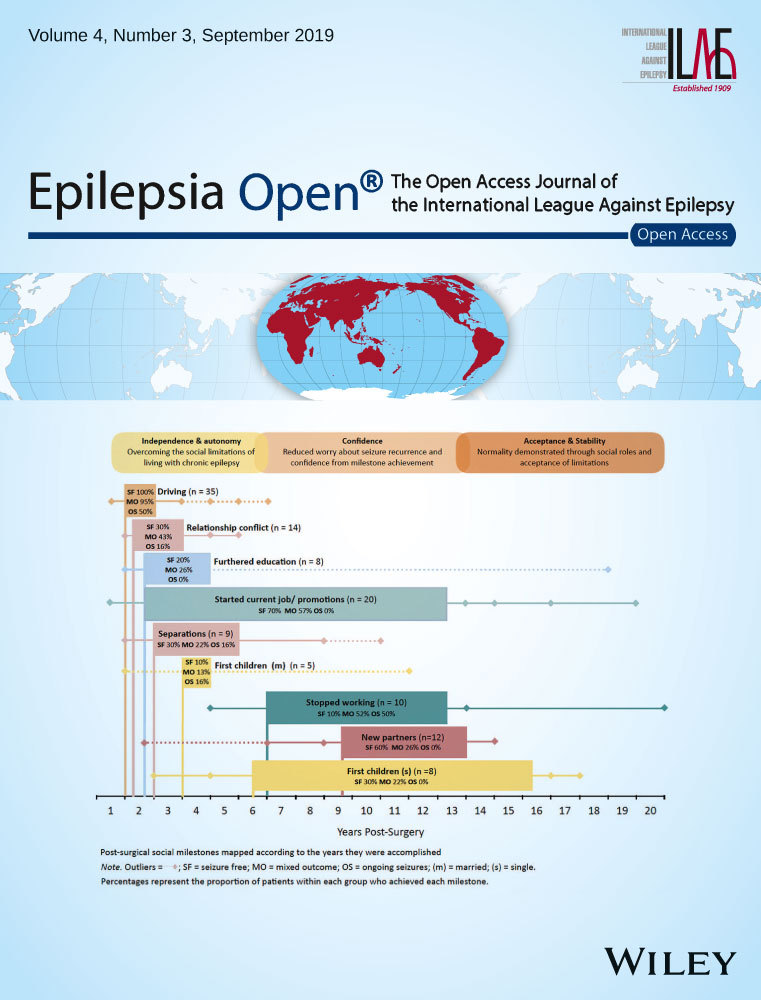 “Treatment of spasticity poses a major challenge in amyotrophic lateral sclerosis (ALS) patient management.
“Treatment of spasticity poses a major challenge in amyotrophic lateral sclerosis (ALS) patient management.
Delta-9-tetrahydrocannabinol (THC):cannabidiol (CBD) oromucosal spray (THC:CBD), approved for the treatment of spasticity in multiple sclerosis, serves as a complementary off-label treatment option in ALS-related spasticity.
The mean dose THC:CBD were 5.5 daily actuations (range < 1 to 20). Three subgroups of patients were identified: 1) high-dose daily use (≥ 7 daily actuations, 34%, n = 11), 2) low-dose daily use (< 7 daily actuations, 50%, n = 16), 3) infrequent use (< 1 daily actuation, 16%, n = 5). Overall NPS was + 4.9 (values above 0 express a positive recommendation to fellow patients). Remarkably, patients with moderate to severe spasticity (NRS ≥ 4) reported a high recommendation rate (NPS: + 29) in contrast to patients with mild spasticity (NRS < 4; NPS: - 44). For the three main domains of TSQM-9 high mean satisfaction levels were found (maximum value 100): effectiveness 70.5 (±22.3), convenience 76.6 (±23.3) and global satisfaction 75.0 (±24.7).
CONCLUSION:
THC:CBD is used in a wide dose range suggesting that the drug was applied on the basis of individual patients’ needs and preferences. Contributing to this notion, moderate to severe spasticity was associated with an elevated number of daily THC:CBD actuations and stronger recommendation rate (NPS) as compared to patients with mild spasticity. Overall, treatment satisfaction (TSQM-9) was high. The results suggest that THC:CBD may serve as a valuable addition in the spectrum of symptomatic therapy in ALS. However, prospective studies and head-to-head comparisons to other spasticity medications are of interest to further explore the effectiveness of THC:CBD in the management of spasticity, and other ALS-related symptoms.”

 “Much of the initial reports for
“Much of the initial reports for  “The neurodegeneration, neuro-inflammation and mitochondrial dysfunction which occur by methamphetamine (METH) abuse or administration are serious and motivation therapeutic approaches for inhibition of these types of neurodegeneration. As we know, METH through Toll-like receptors (TLRs), specially type 4, and NF-κB signaling pathway causes neuro-inflammation and mitochondrial dysfunction.
“The neurodegeneration, neuro-inflammation and mitochondrial dysfunction which occur by methamphetamine (METH) abuse or administration are serious and motivation therapeutic approaches for inhibition of these types of neurodegeneration. As we know, METH through Toll-like receptors (TLRs), specially type 4, and NF-κB signaling pathway causes neuro-inflammation and mitochondrial dysfunction. “Cannabidiol (CBD) oils are low tetrahydrocannabinol products derived from
“Cannabidiol (CBD) oils are low tetrahydrocannabinol products derived from  “Phytocannabinoids are unique terpenophenolic compounds predominantly produced in the glandular trichomes of the cannabis plant (Cannabis sativa L.). The delta-9- tetrahydrocannabinol (THC) is the main active constituent responsible for the plant’s psychoactive effect and, together with the non- psychoactive cannabidiol (CBD), the most investigated naturally occurring cannabinoid.
“Phytocannabinoids are unique terpenophenolic compounds predominantly produced in the glandular trichomes of the cannabis plant (Cannabis sativa L.). The delta-9- tetrahydrocannabinol (THC) is the main active constituent responsible for the plant’s psychoactive effect and, together with the non- psychoactive cannabidiol (CBD), the most investigated naturally occurring cannabinoid. “Accumulating evidence points towards the antipsychotic potential of
“Accumulating evidence points towards the antipsychotic potential of  “C57BL/6J mice infected with Theiler’s murine encephalomyelitis virus (TMEV) develop acute behavioral seizures in the first week of infection and later develop chronic epilepsy. The TMEV model provides a useful platform to test novel antiseizure therapeutics.
“C57BL/6J mice infected with Theiler’s murine encephalomyelitis virus (TMEV) develop acute behavioral seizures in the first week of infection and later develop chronic epilepsy. The TMEV model provides a useful platform to test novel antiseizure therapeutics. “Mixtures of different Cannabis sativa phytocannabinoids are more active biologically than single phytocannabinoids. However, cannabis terpenoids as potential instigators of phytocannabinoid activity have not yet been explored in detail.
“Mixtures of different Cannabis sativa phytocannabinoids are more active biologically than single phytocannabinoids. However, cannabis terpenoids as potential instigators of phytocannabinoid activity have not yet been explored in detail. “Cannabidiol (CBD) containing products are available in a plethora of flavors including oral, sublingual, and inhalable forms. Immunotoxicological effects of CBD containing liquids were assessed by hypothesizing that CBD regulates oxidative stress and lipopolysaccharide (LPS) induced inflammatory responses in macrophages, epithelial cells, and fibroblasts.
“Cannabidiol (CBD) containing products are available in a plethora of flavors including oral, sublingual, and inhalable forms. Immunotoxicological effects of CBD containing liquids were assessed by hypothesizing that CBD regulates oxidative stress and lipopolysaccharide (LPS) induced inflammatory responses in macrophages, epithelial cells, and fibroblasts. “Cocaine abuse continues to be a serious health problem worldwide. Despite intense research there is currently no FDA-approved medication to treat cocaine use disorder. The recent search has been focused on agents targeting primarily the dopamine system, while limited success has been achieved at the clinical level.
“Cocaine abuse continues to be a serious health problem worldwide. Despite intense research there is currently no FDA-approved medication to treat cocaine use disorder. The recent search has been focused on agents targeting primarily the dopamine system, while limited success has been achieved at the clinical level.